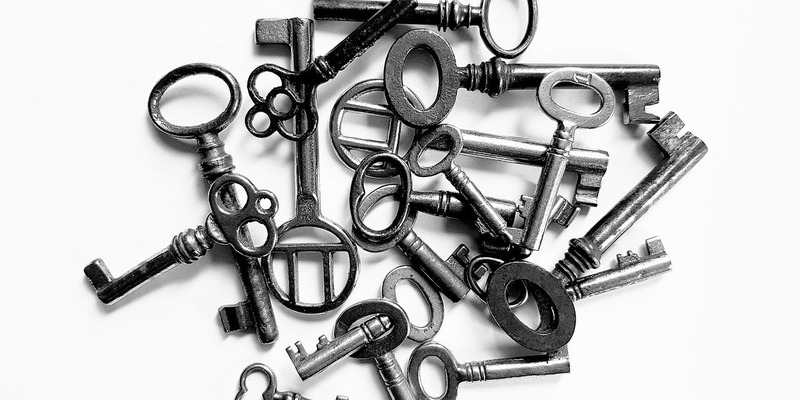Lose weight without diets

If you've been following a fad diet, you've got a lot of company. But could you keep up those deprivation diets for long? And if you lost weight, did the pounds stay off when you resumed your usual way of eating?
You can't maintain your weight long term on a deprivation diet. So what works? The best diet is not a diet at all, but a lifestyle of eating what you enjoy that includes exercise and healthy habits.
Here's some simple, straightforward advice.
Variety is the key

Just as a car needs the right gasoline to run, a body needs a healthy diet to develop properly. That means a balance of protein, carbohydrates and fat - as well as a variety of other nutrients.
If you go on a fad diet and exclude necessary nutrients, you put yourself at risk of getting sick. If you're getting too little of one nutrient, it may not be an immediate problem. But if it's missing for a long time, you may have health problems.
Your body when you're on a yo-yo diet
Are you stuck in a cycle of weight loss followed by weight gain? See how yo-yo dieting can make it harder for you to lose weight. These tips show what you can do instead.
Practice portion control
Food portions have gotten bigger and bigger over the years. And fast-food restaurants aren't the only places you'll find oversized meals. Researchers have found that from 1970 to the 1990s, portion sizes of hamburgers, burritos, tacos, chips, sodas, ice cream, cakes, cookies and salty snacks increased - whether the foods were eaten at home or in restaurants.
What does a healthy portion size look like?
- A cup of fruit should be no bigger than your fist.
- One ounce of meat or cheese is about the size of your thumb from the bottom to the top.
- 3 ounces of meat, fish or poultry (a normal serving) is about the size of your palm.
- 1 to 2 ounces of nuts is the size of your cupped hand.
Here are some simple tricks to reduce your portions (and calories):
- Serve your meals on salad plates instead of large dinner plates.
- Keep snacks in small sandwich bags. Share your appetizer with a friend when you invite them over.
- Ask for a kid's meal or a small meal at a fast food restaurant. Never take an oversized portion.
Then follow these simple strategies

- Eat a variety of foods. Make sure your diet includes lean protein, complex carbohydrates like whole grains, fruits and vegetables
- Say no to bad fats. Minimize the amount of saturated fats from animal sources and eliminate trans fats from the fried foods, snacks and fast foods you eat.
- Get plenty of fruits and vegetables. How much depends on your age, gender and activity level. A good reference point for adults is 2 to 3 cups of vegetables and 1.5 to 2 servings of fruit per day.
- Exercise at least 150 minutes a week. This can be broken down into smaller blocks of time. For example, you could take a brisk walk for 10 minutes three times a day for 5 days to reach 150 minutes.
- Clear out the kitchen! Throw out high-calorie, high-fat, high-sugar foods that tempt you to overeat - chips, cookies, crackers, ice cream, candy bars and the like. Then fill your refrigerator and your cupboards with lean protein, fruits, vegetables, whole grains, legumes, nuts, seeds, good fats, and fat-free or low-fat dairy products.
- Eat smaller meals more often. Eat five to six mini-meals a day. Break up your meals every 3 to 4 hours. Try taking low-fat cheese and whole-grain crackers to school or work, or eat a tablespoon of peanut butter with a slice of whole-grain bread. Find foods that are healthy and fill you up.
- Fill up on the good stuff. Pile on the salad and super portions of green beans, broccoli, cabbage, kale or other low-calorie vegetables instead of high-fat foods, breads, pastas and desserts. If you're still hungry after a meal and want seconds, opt for vegetables.
- Snack on berries. Dark berries (blueberries, blackberries, cherries and raspberries) are rich in healthy antioxidants. They are also low in calories and fat and high in fiber.
- Avoid "empty calories."
- Stay away from sugary sodas and fruit drinks.
If you need more information about weight loss and dieting, talk to your doctor or a registered dietitian. Ask your health care provider about your "ideal weight" and the number of calories you need to eat to lose pounds and maintain an ideal weight.
Also, ask friends, family or co-workers to join you in your work to change your eating habits and keep your weight off. Sticking to a weight loss plan is much easier when you have someone to support you.
More information
Always consult your healthcare provider to ensure that the information displayed on this page applies to your personal circumstances.


















